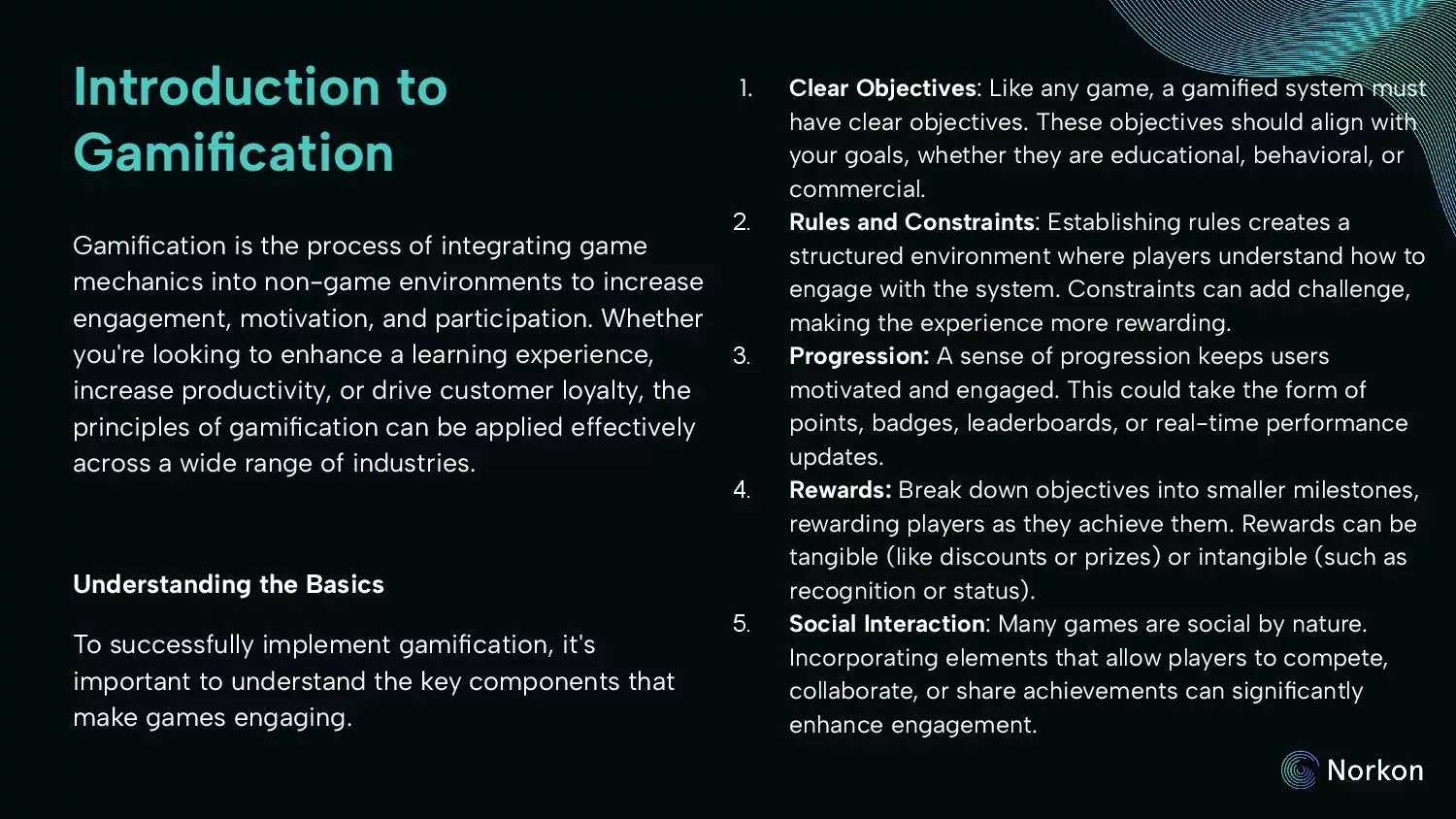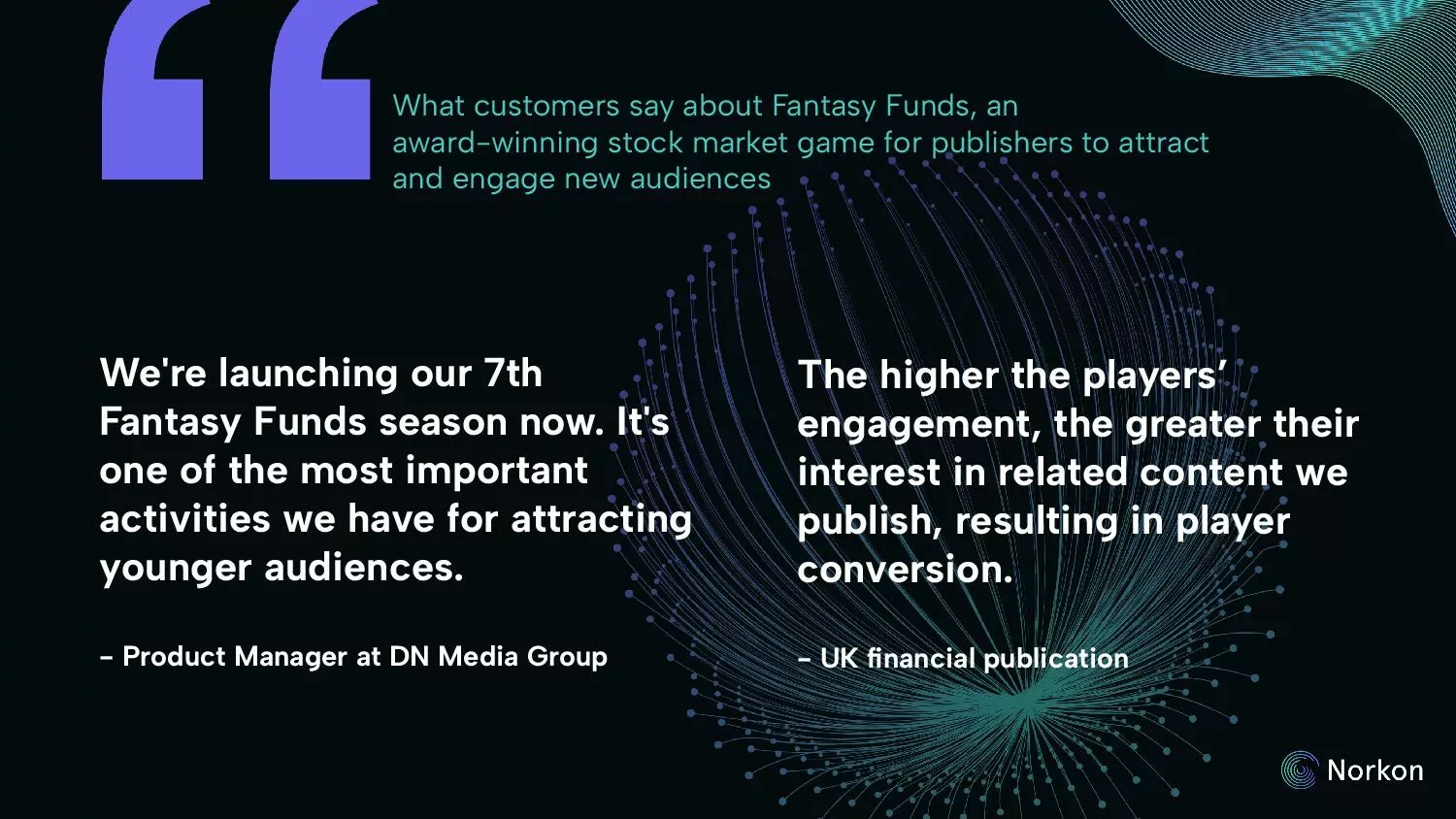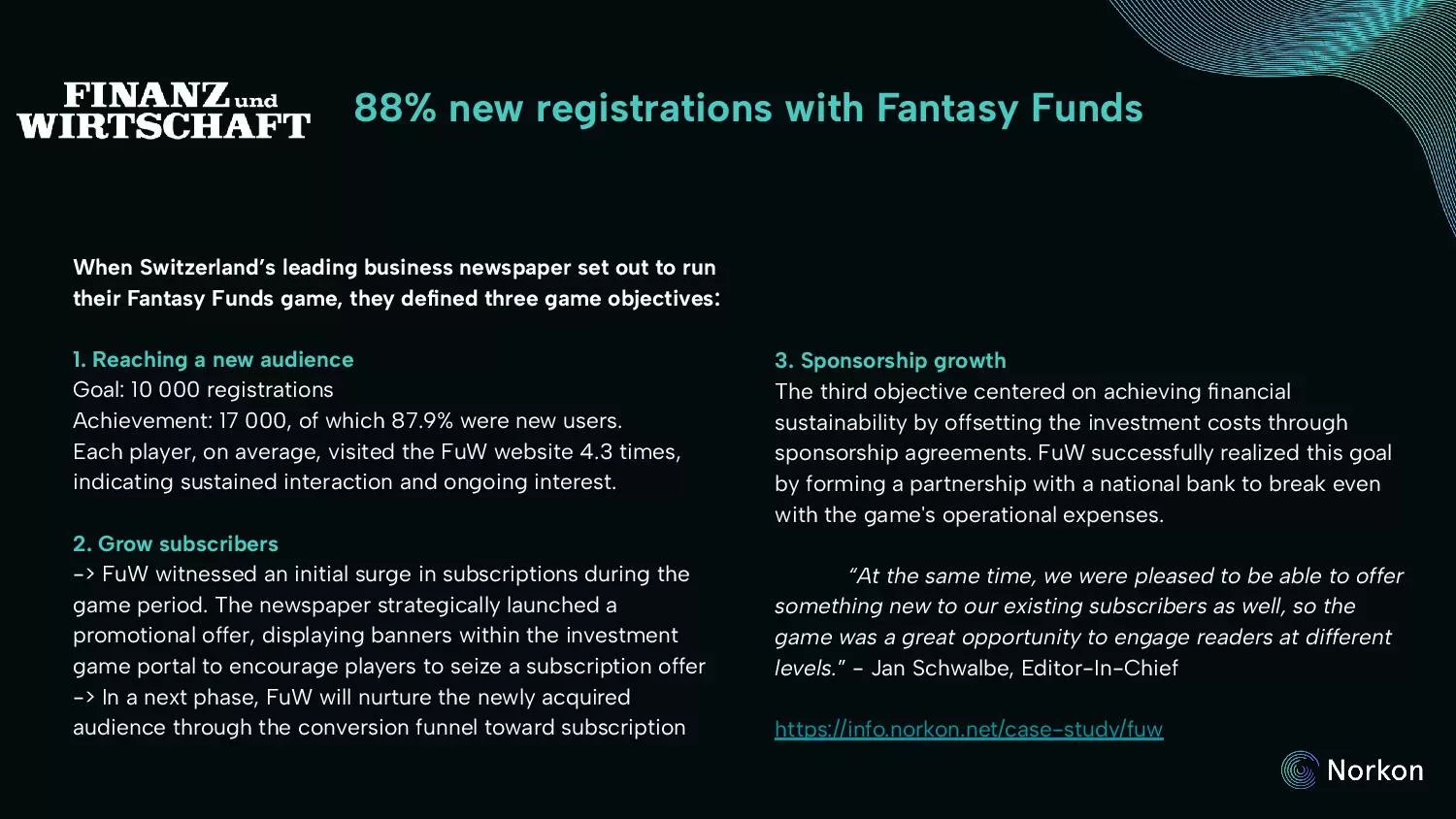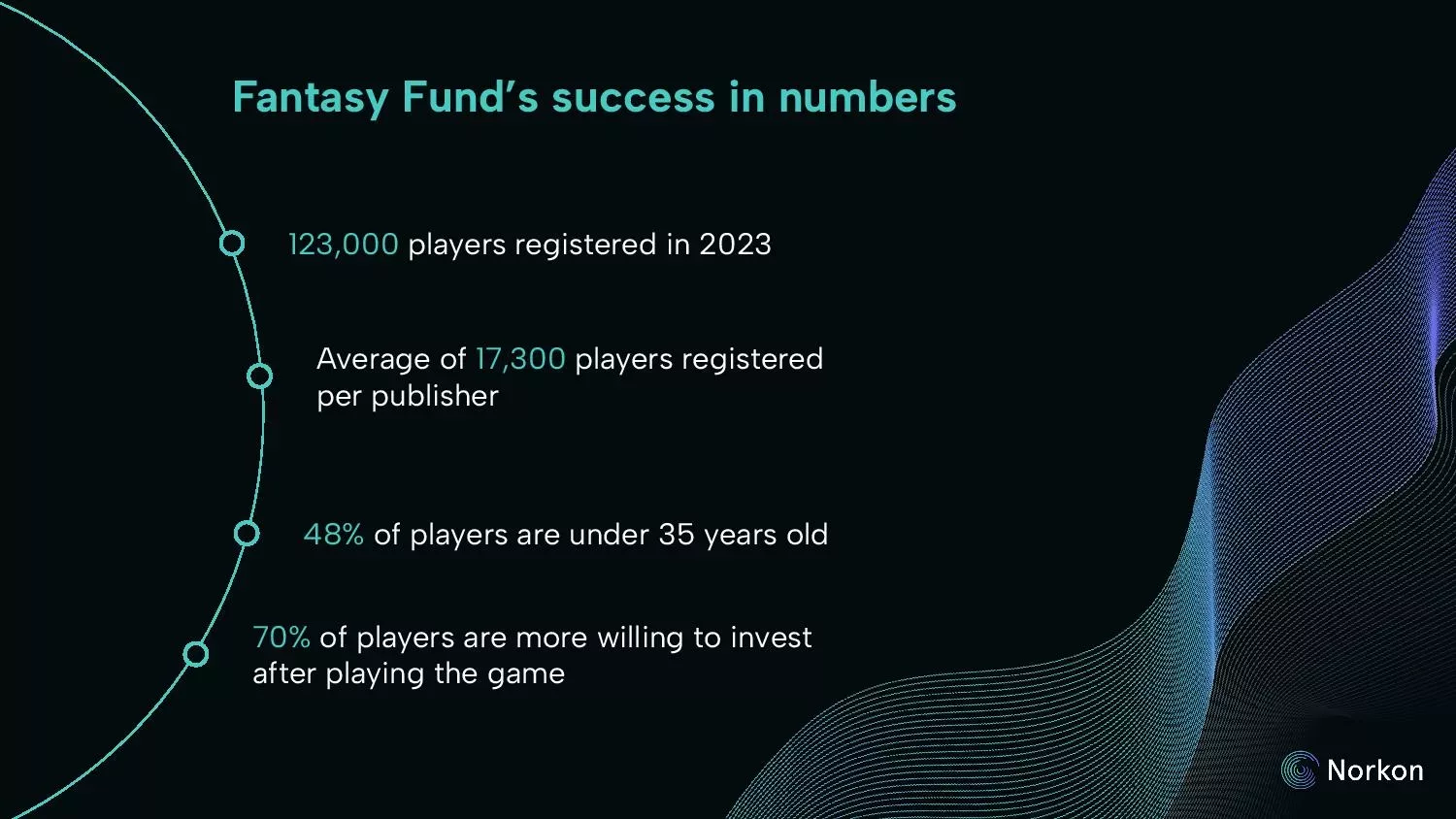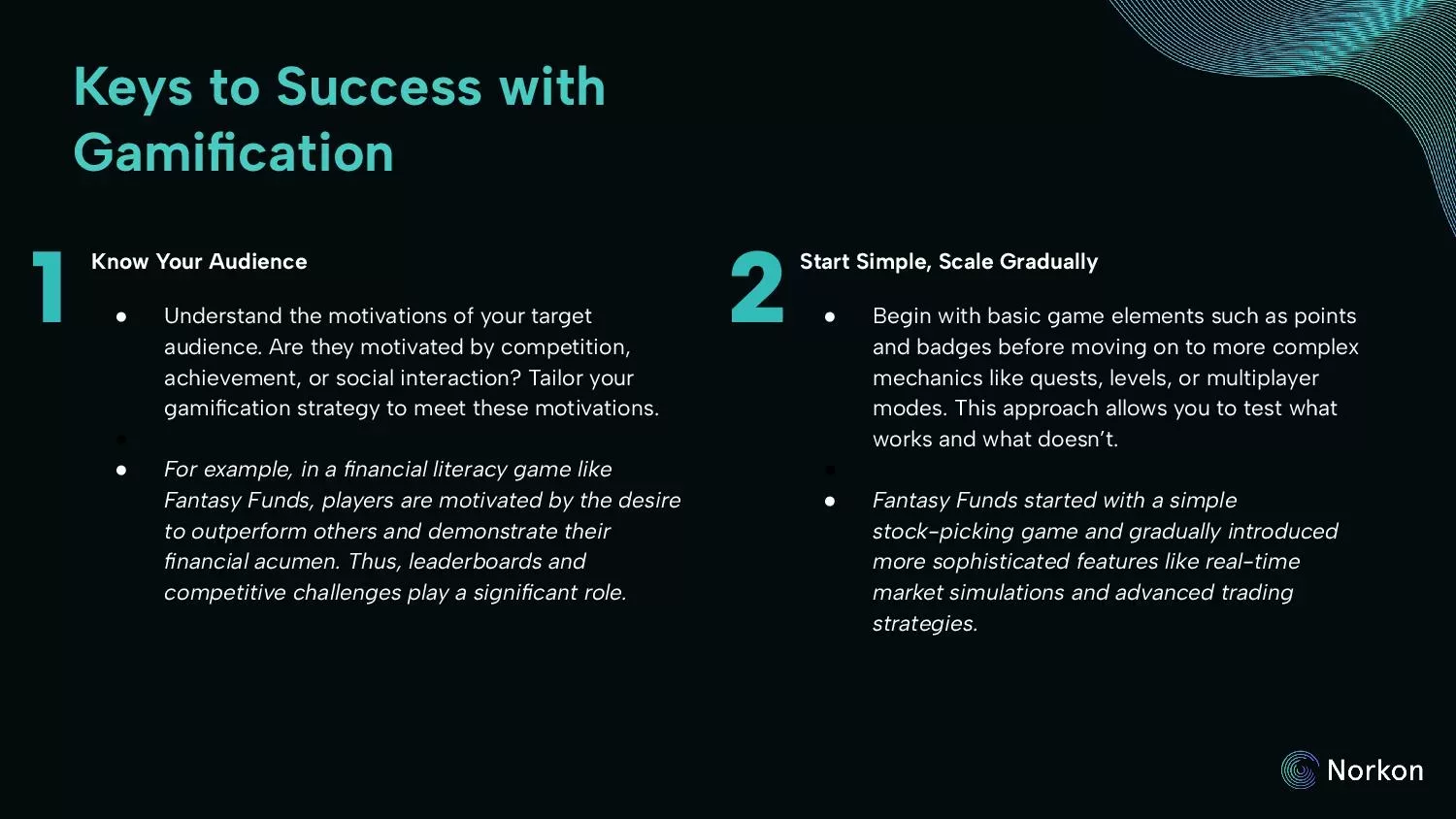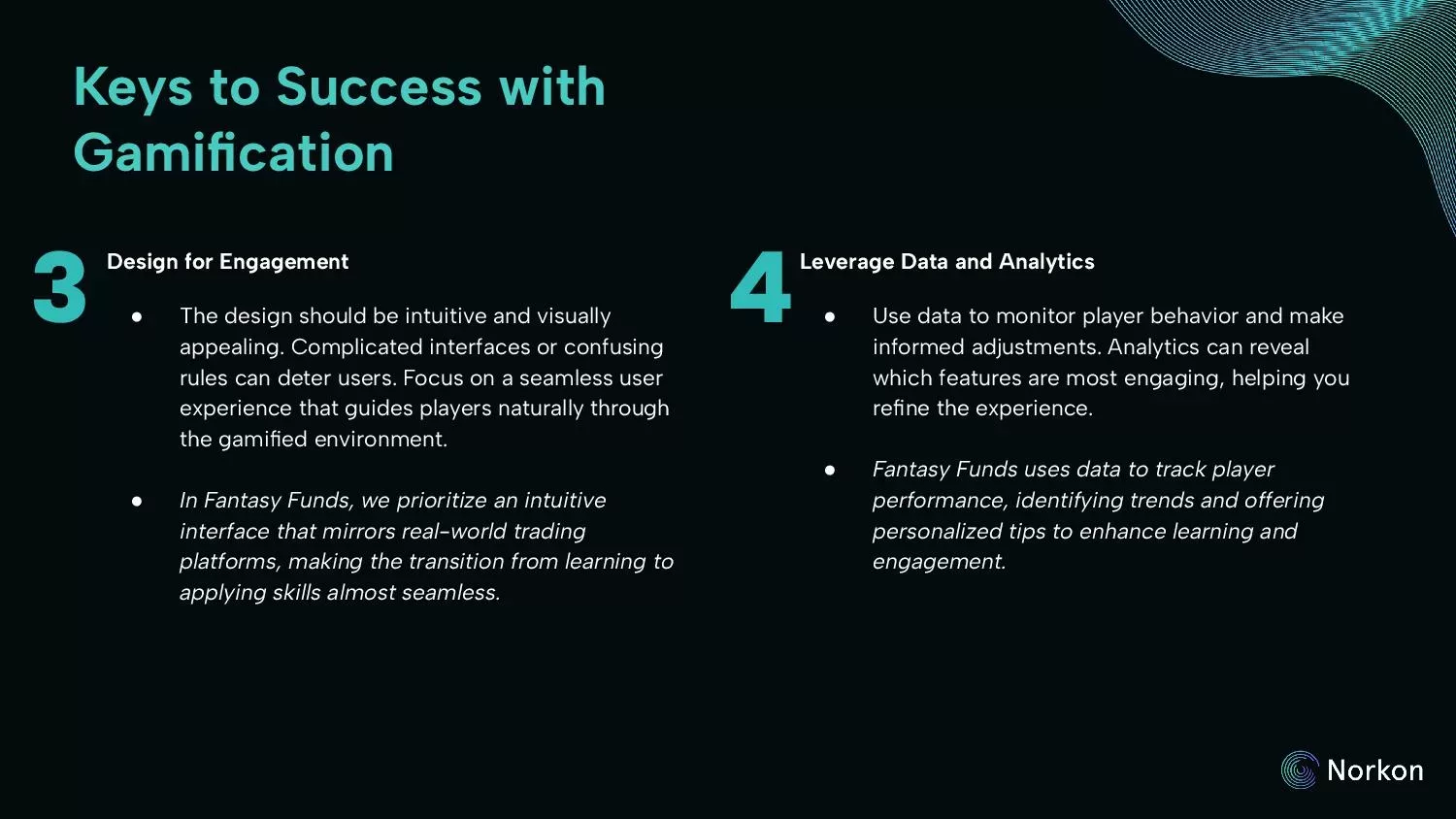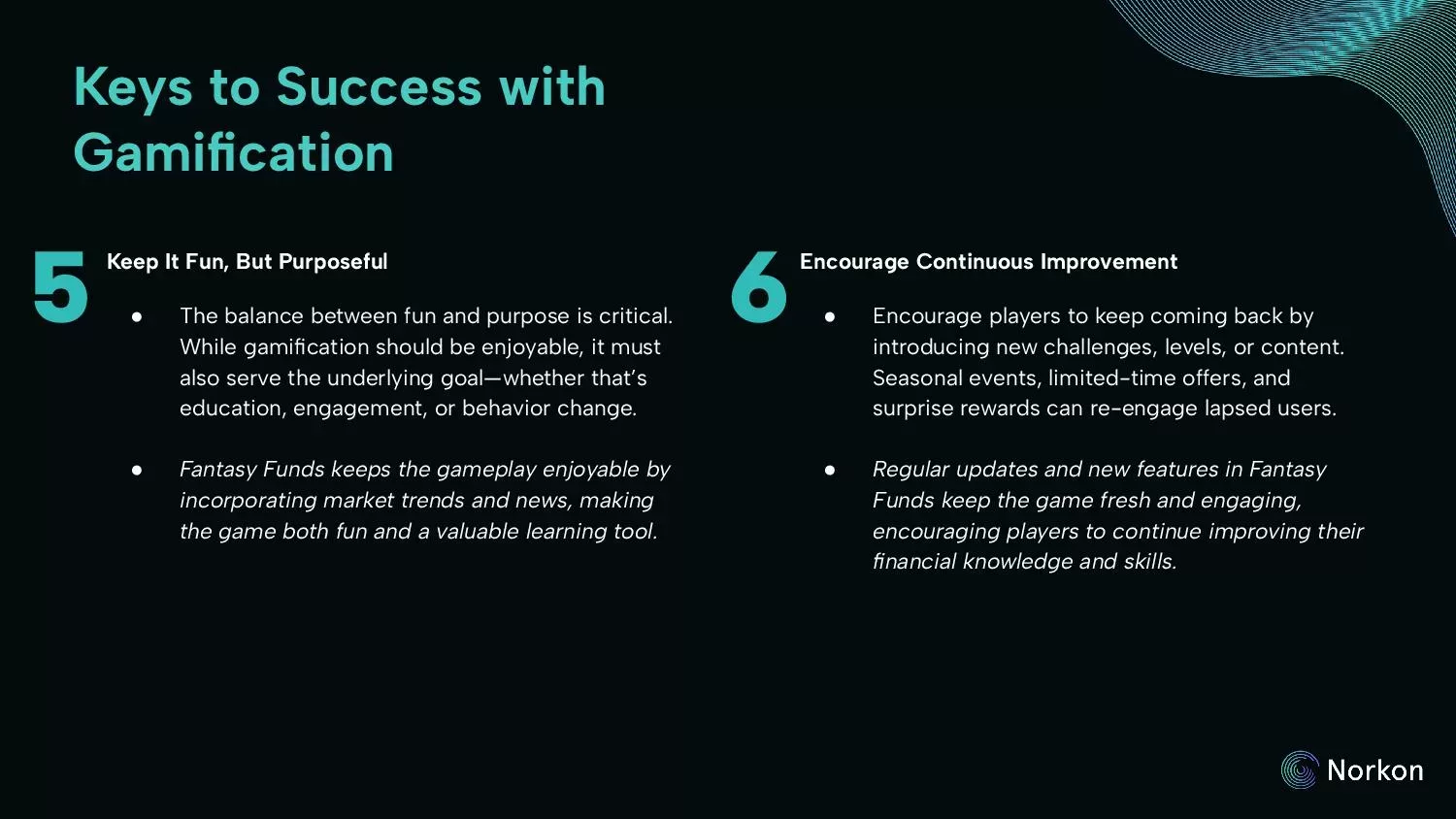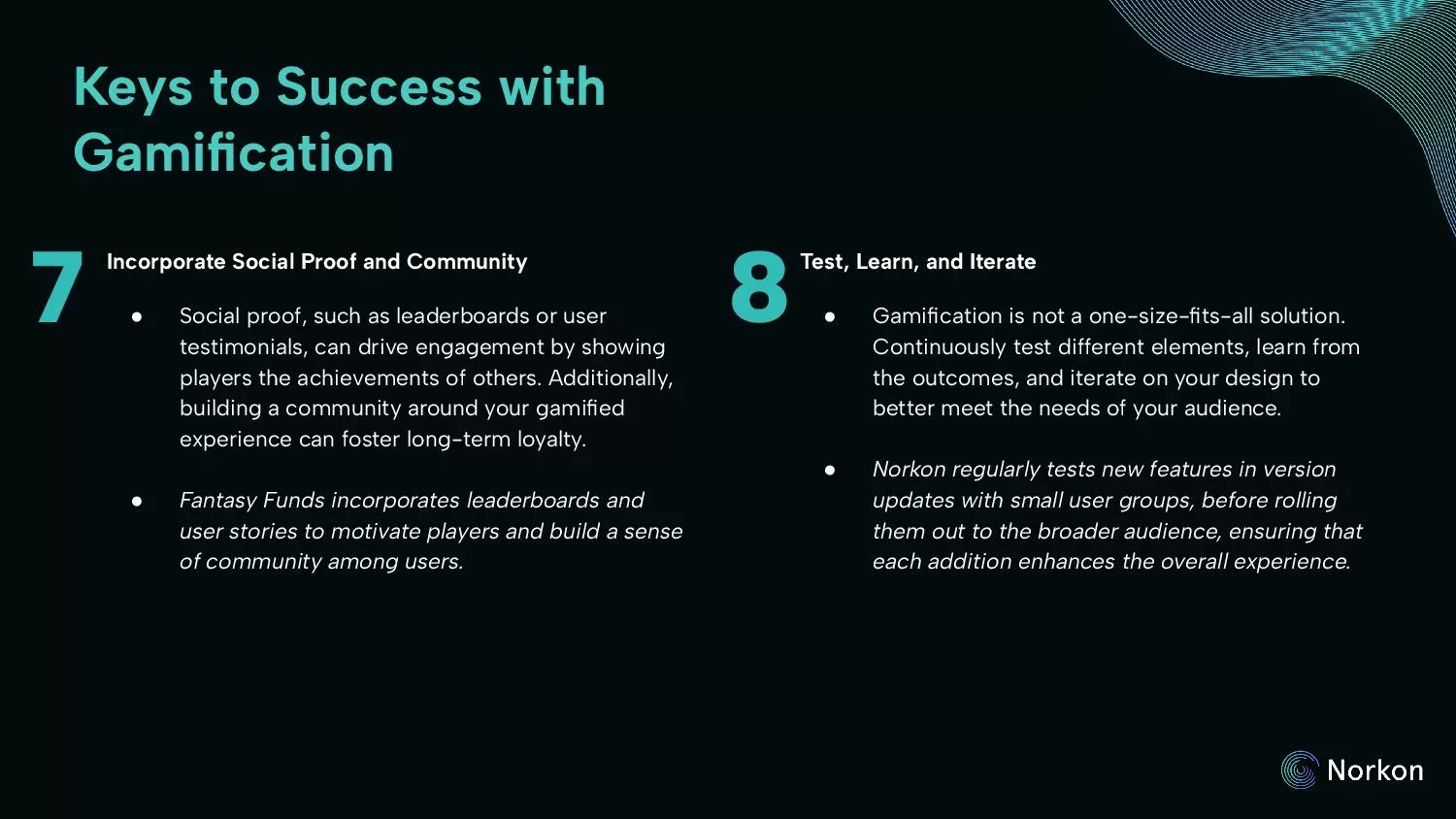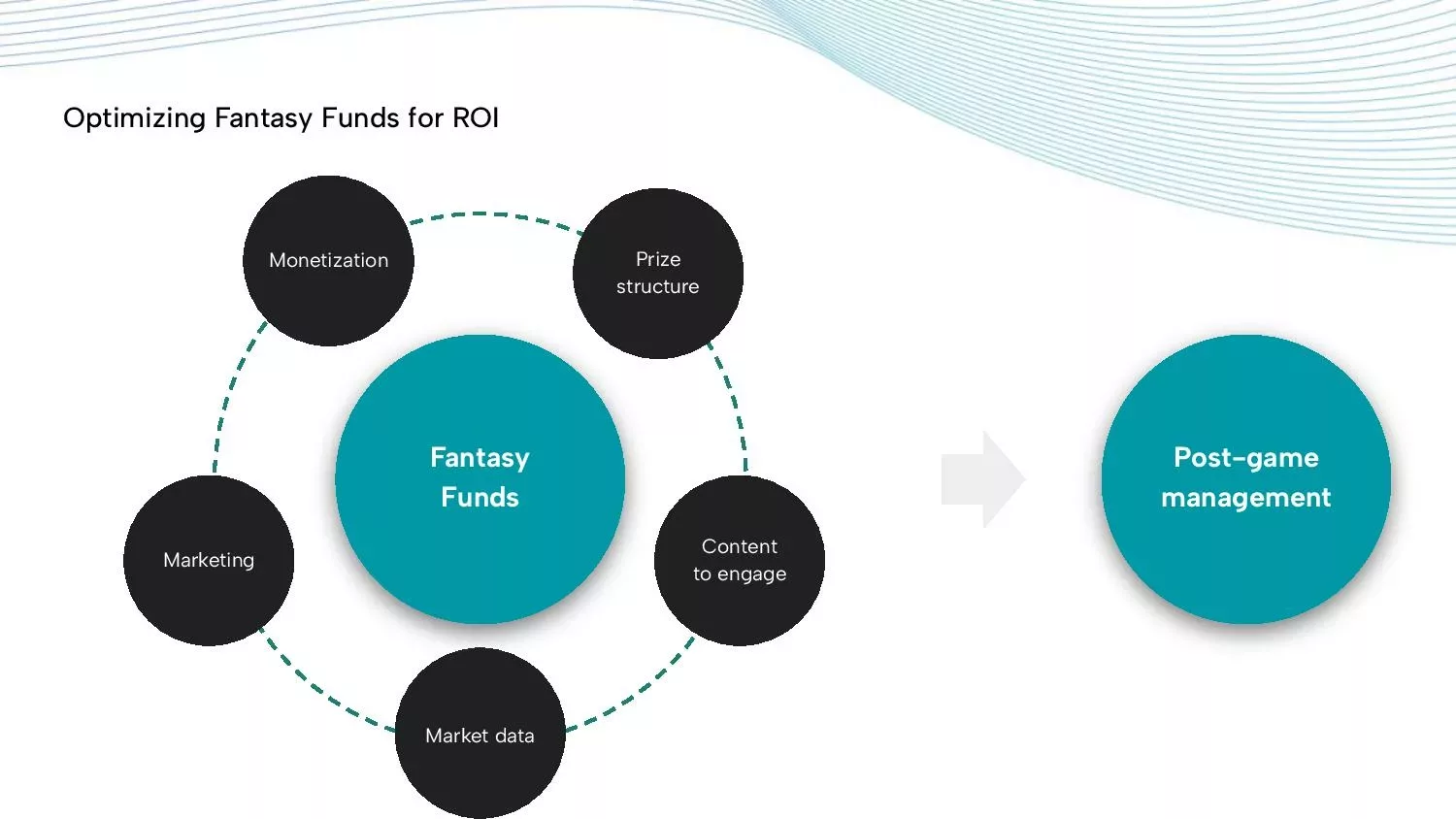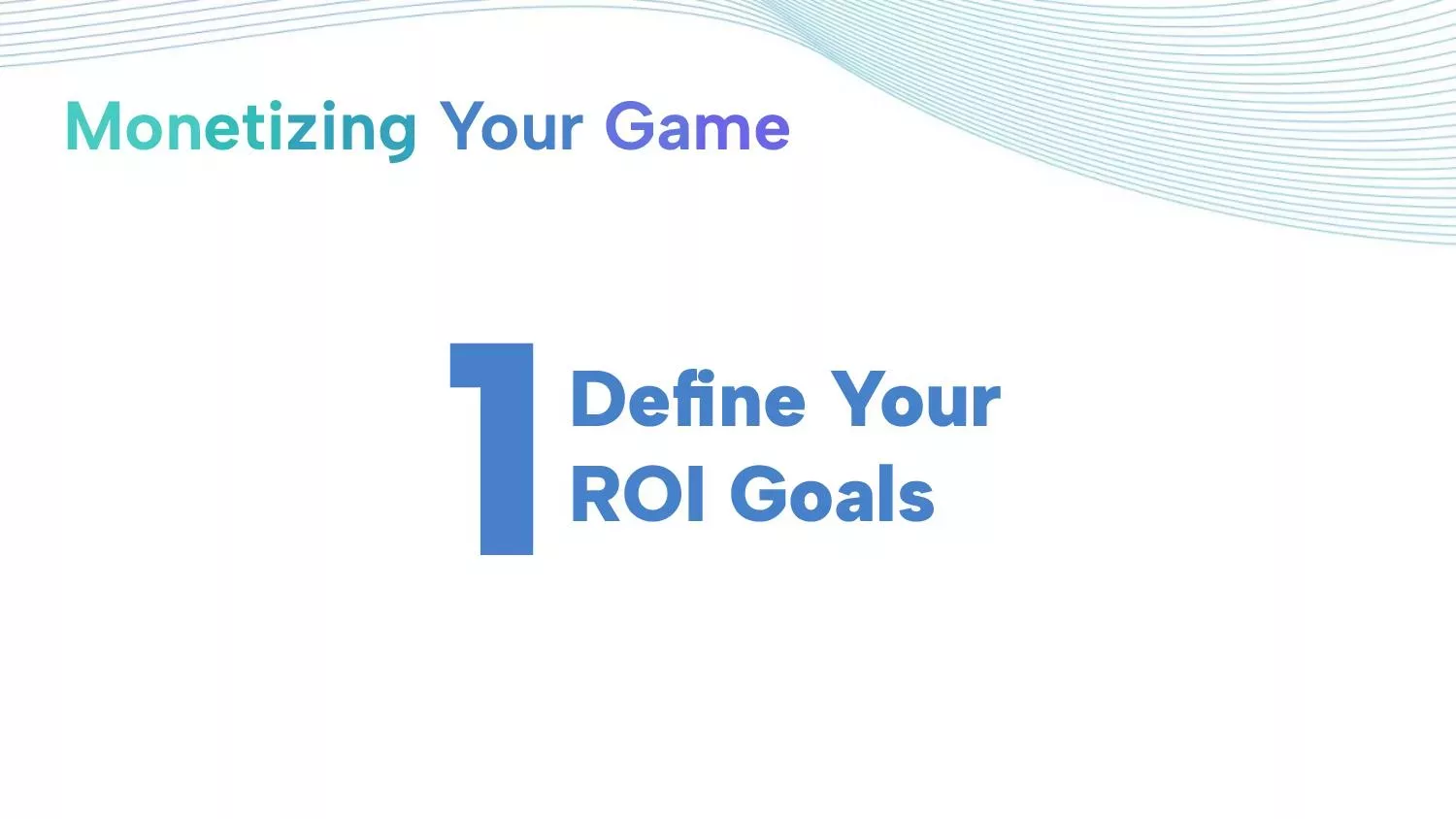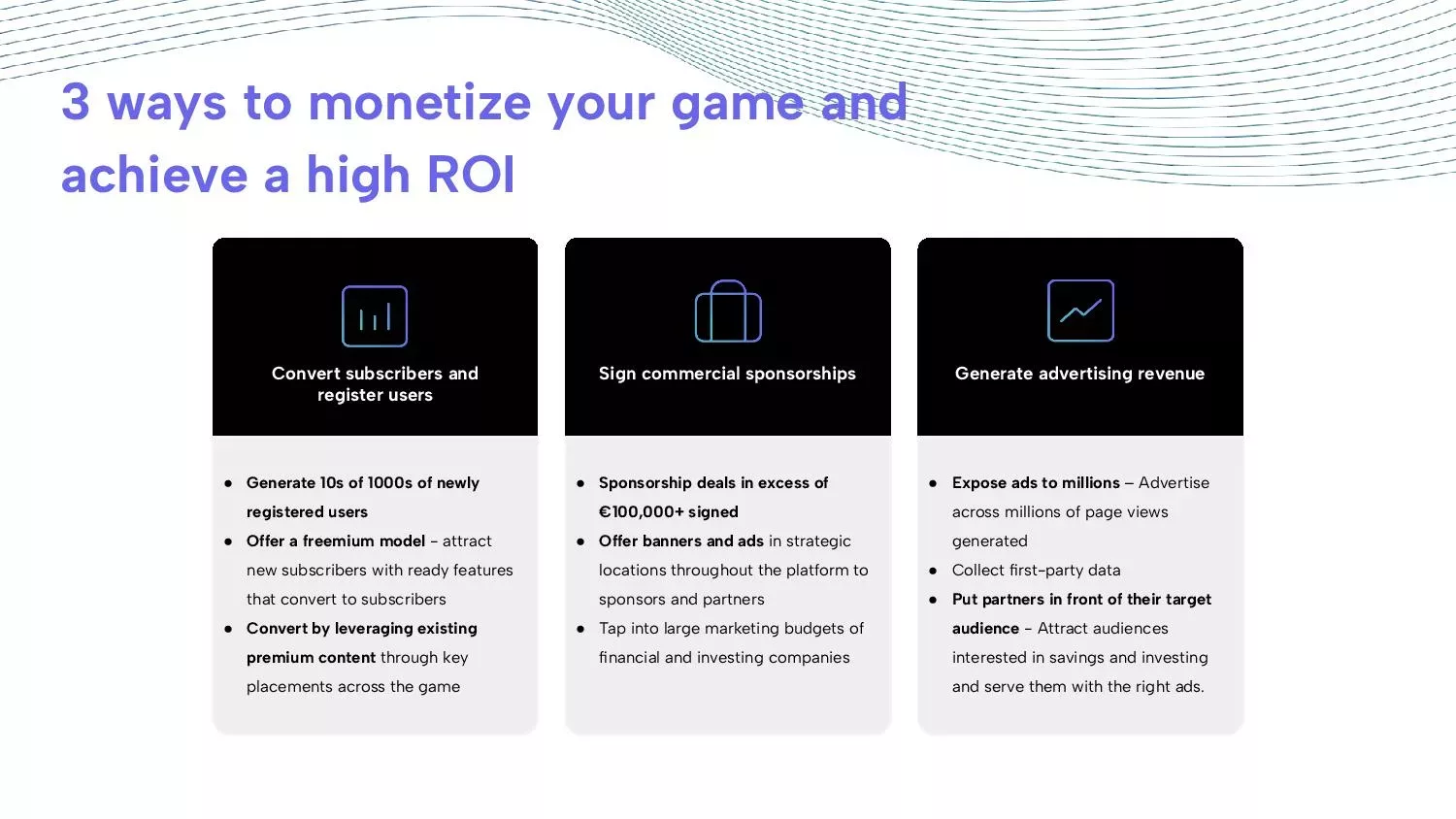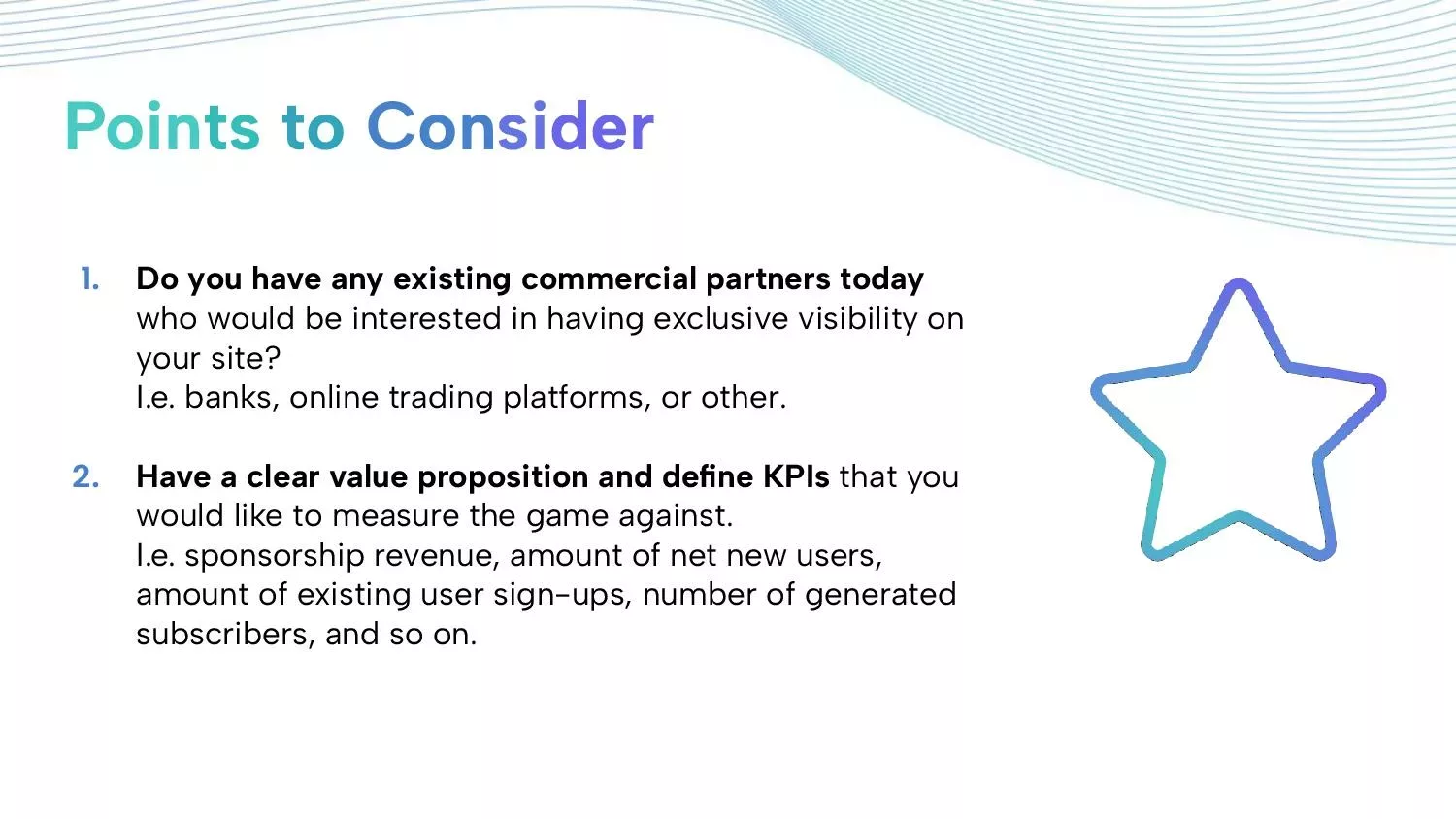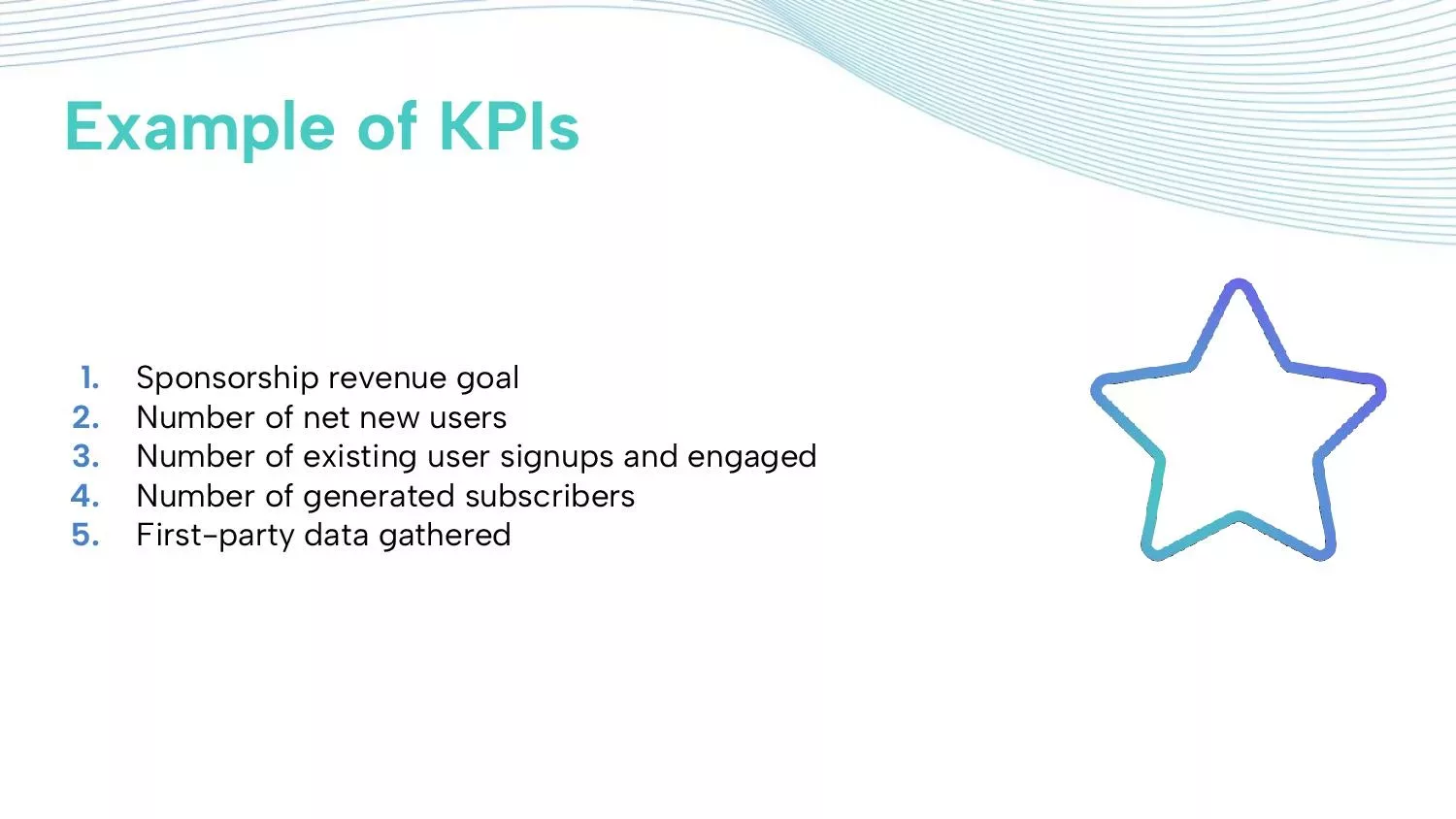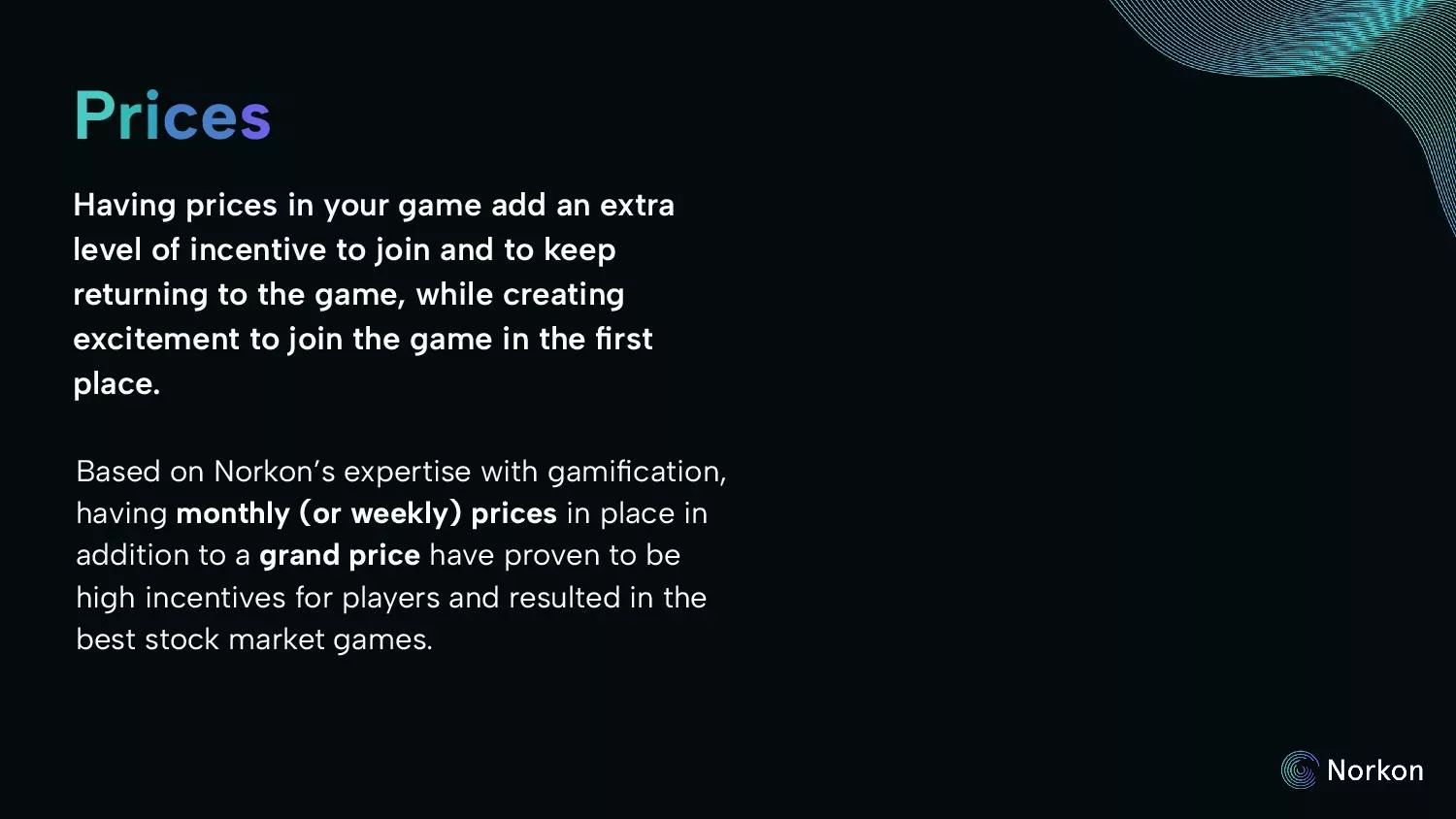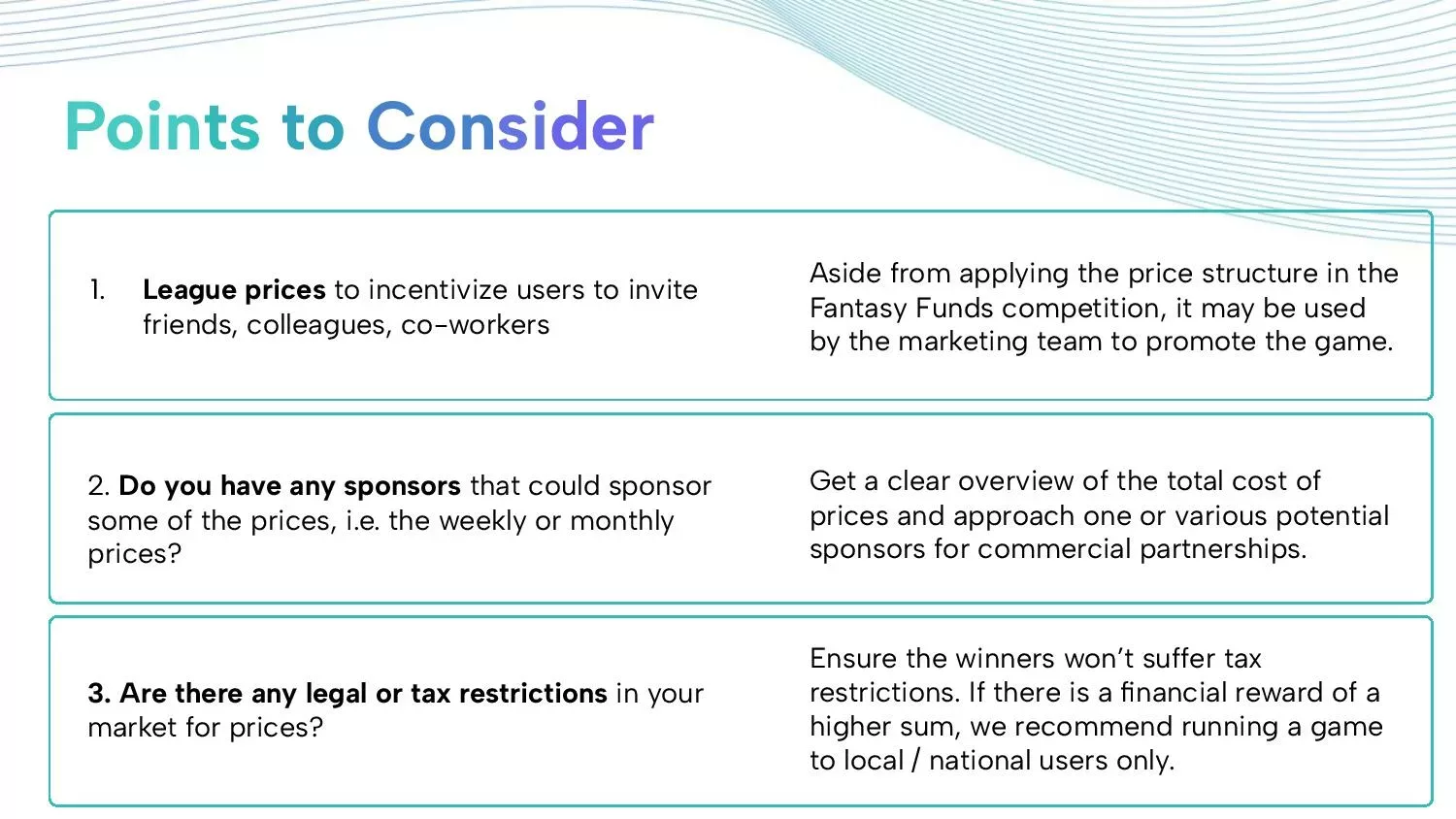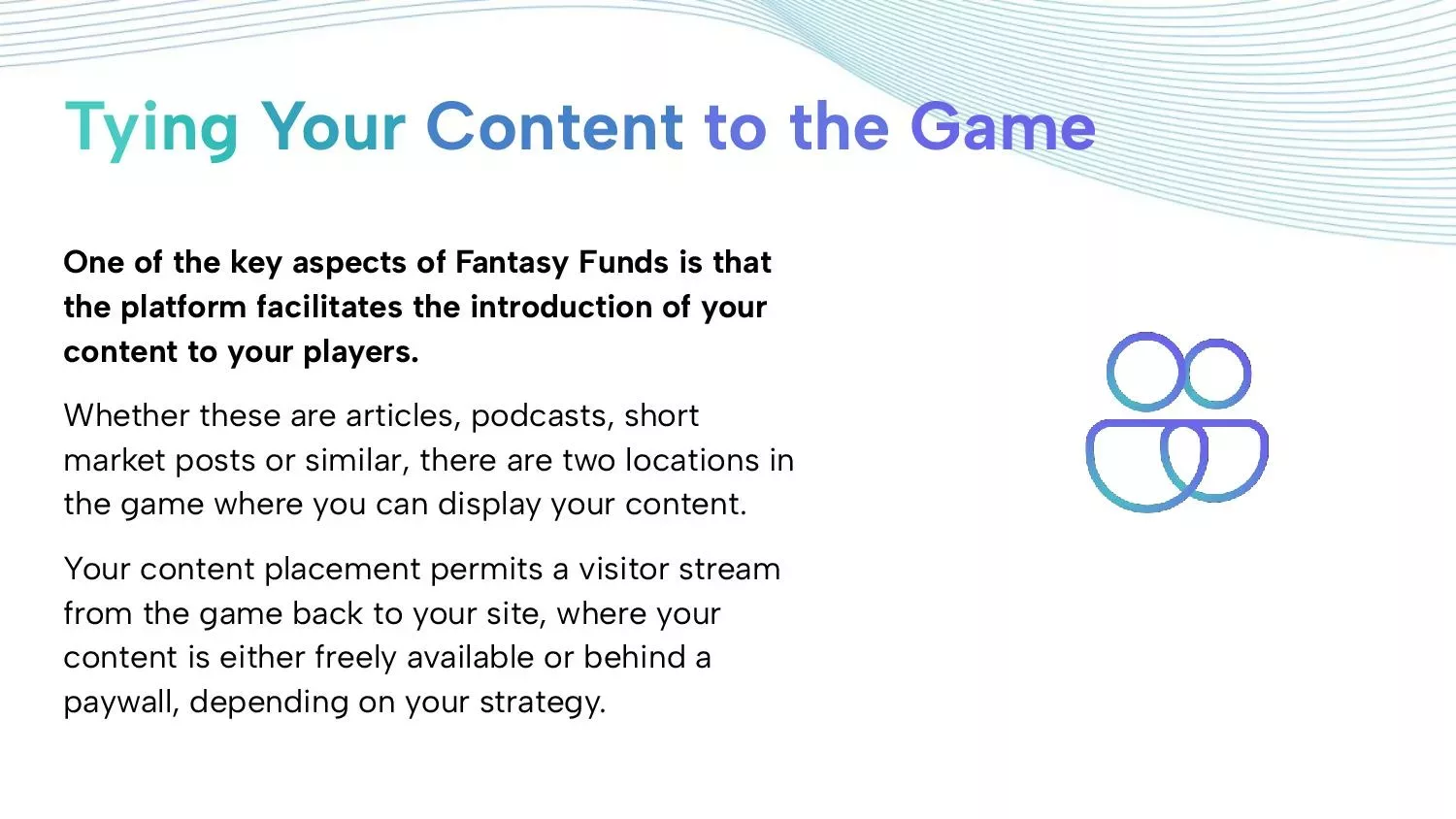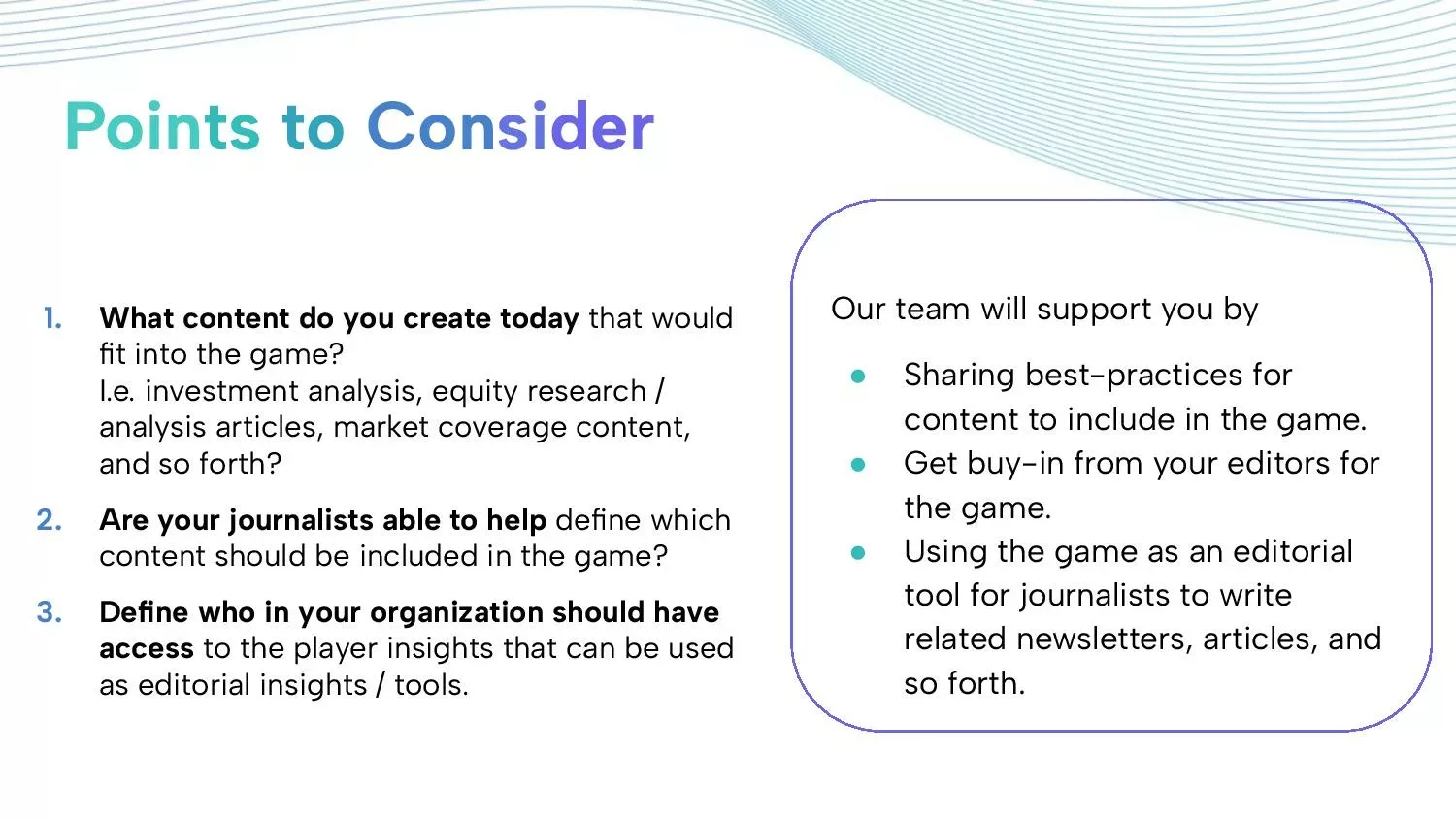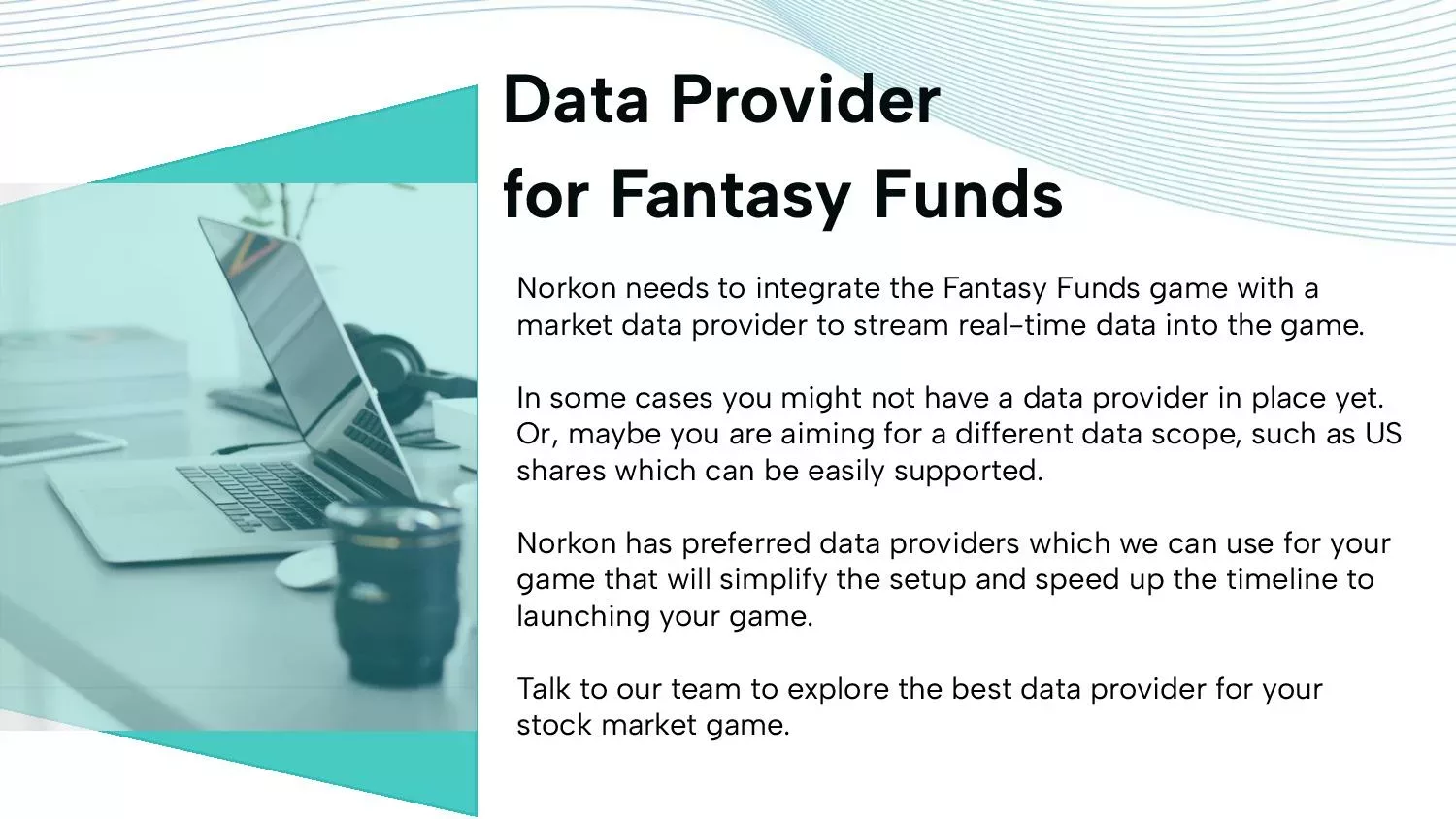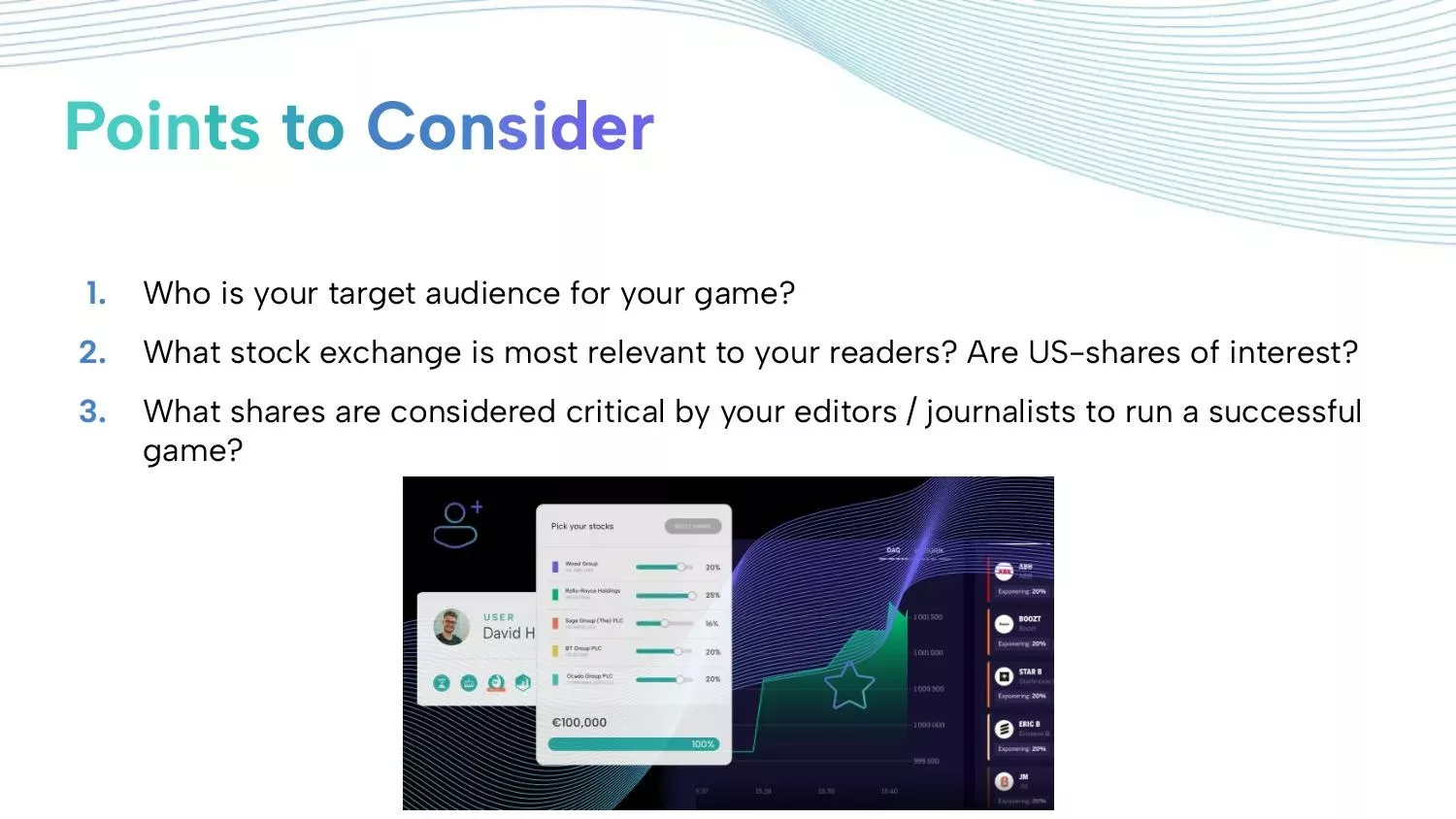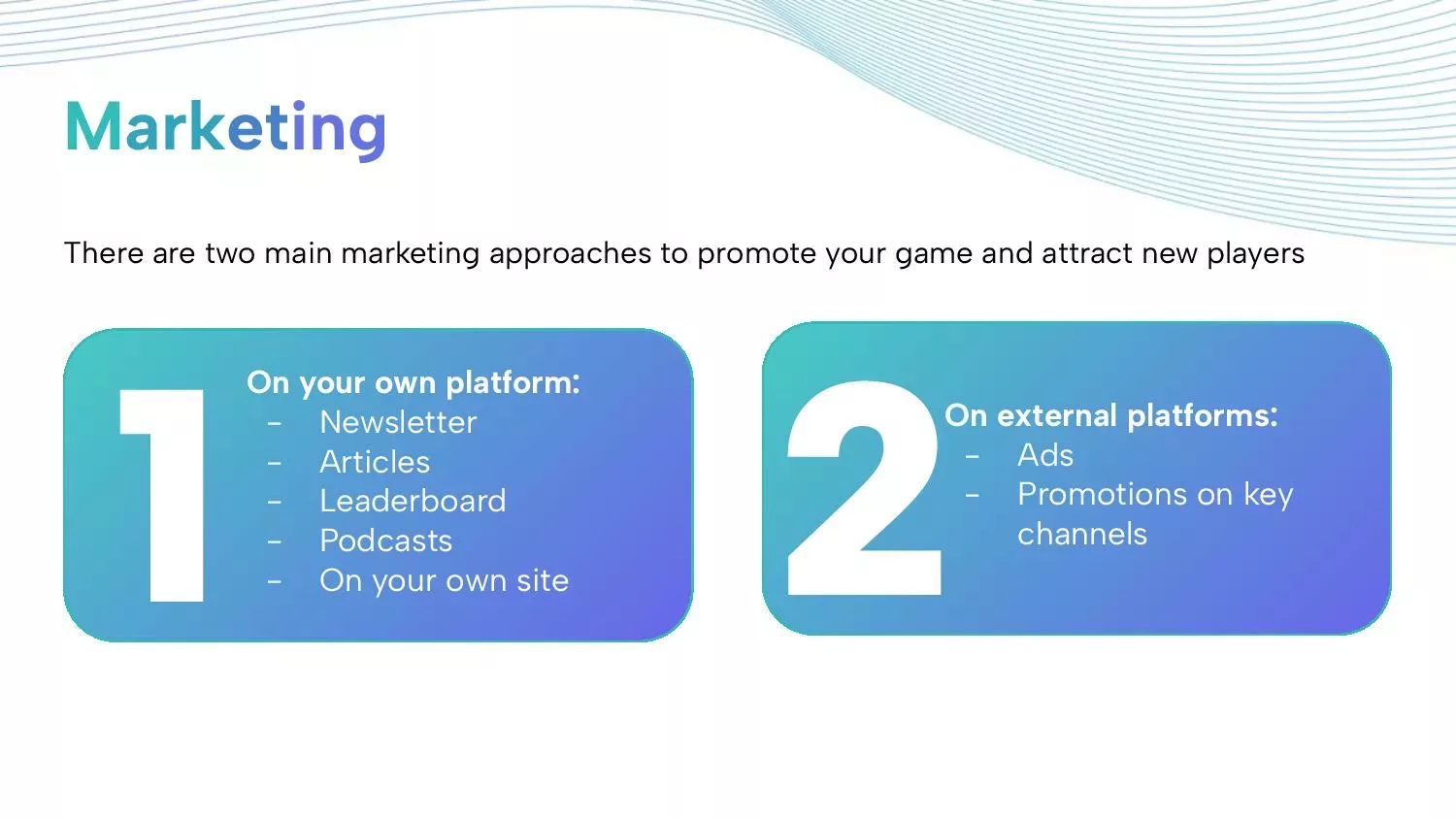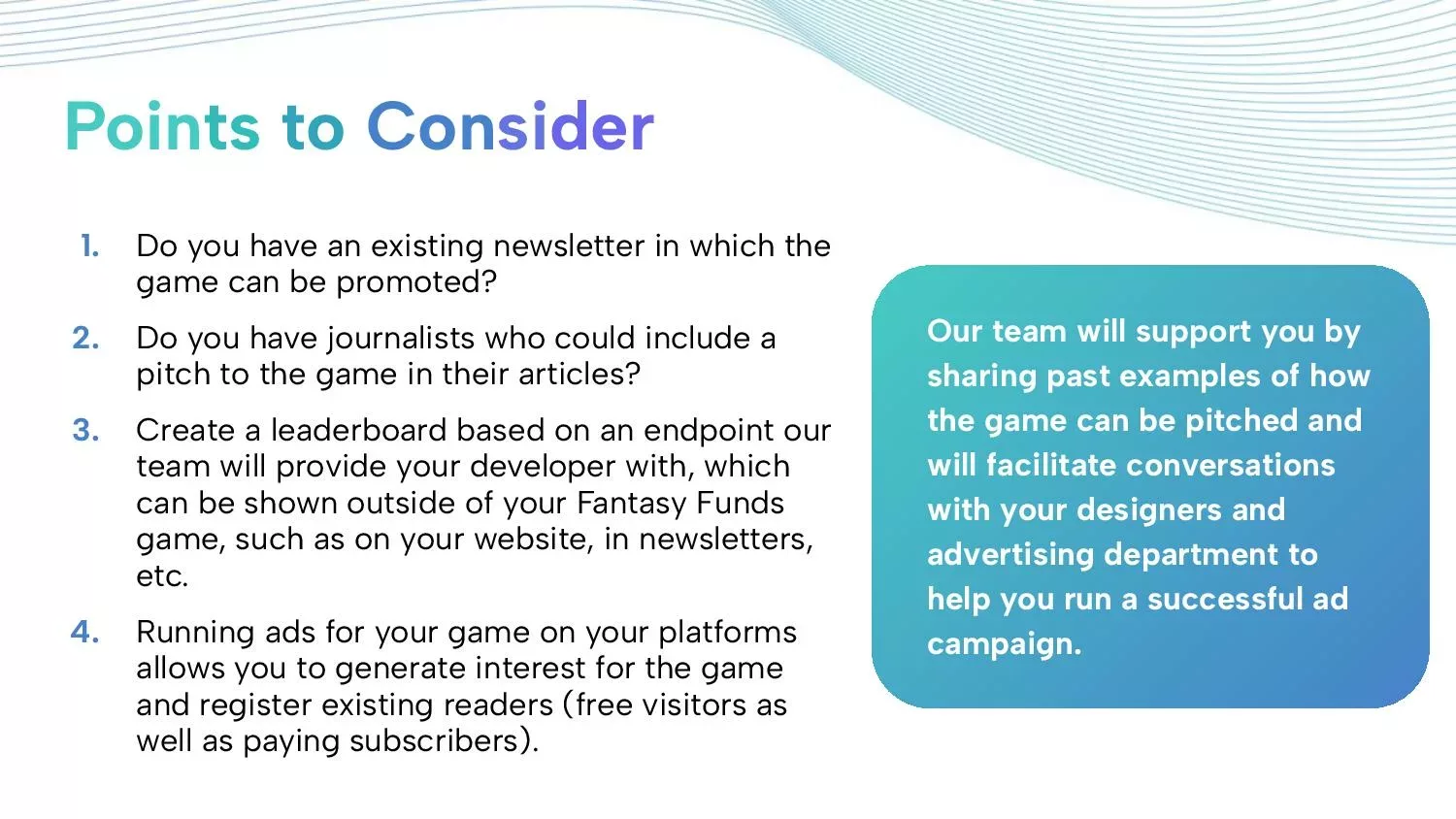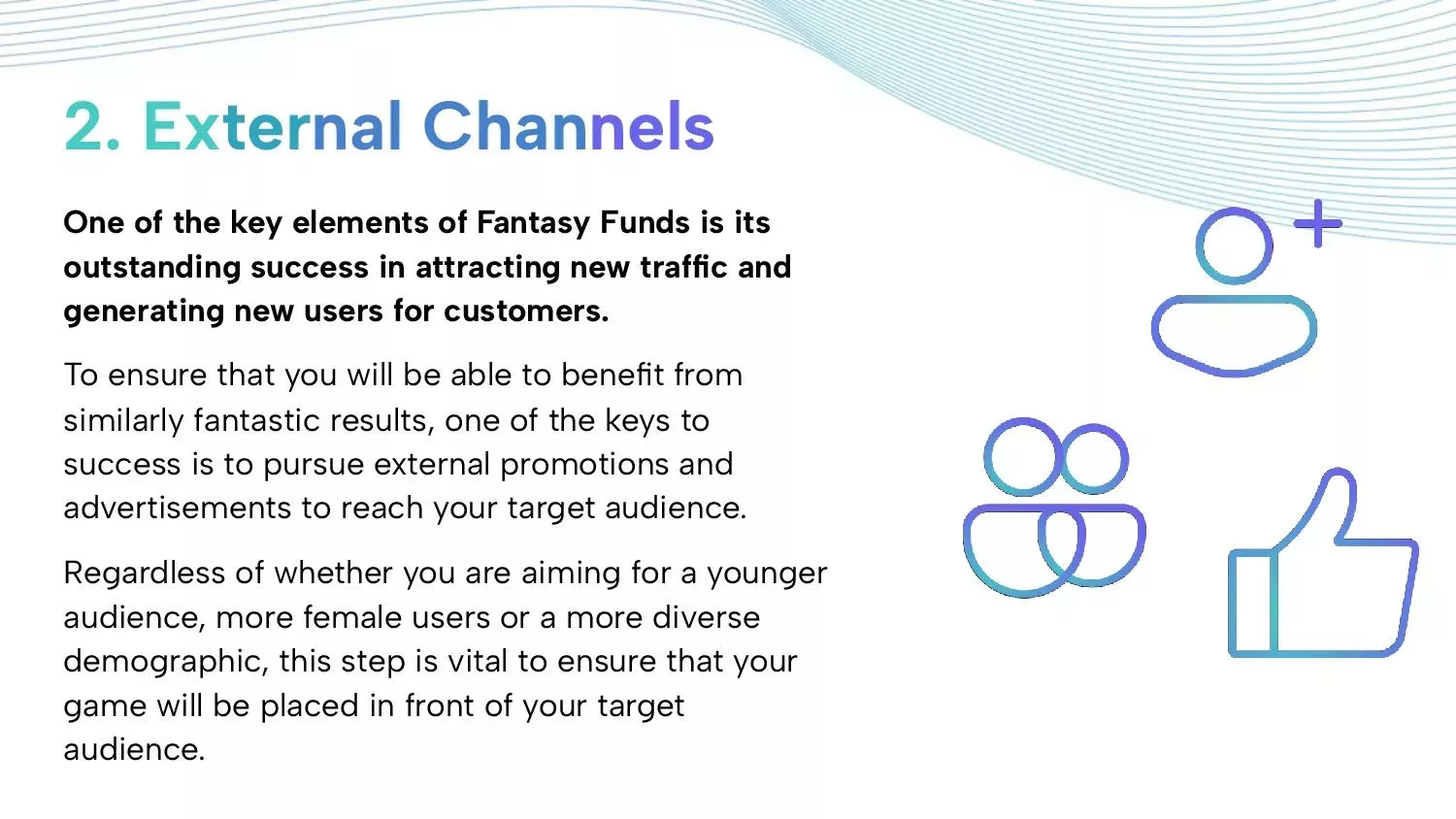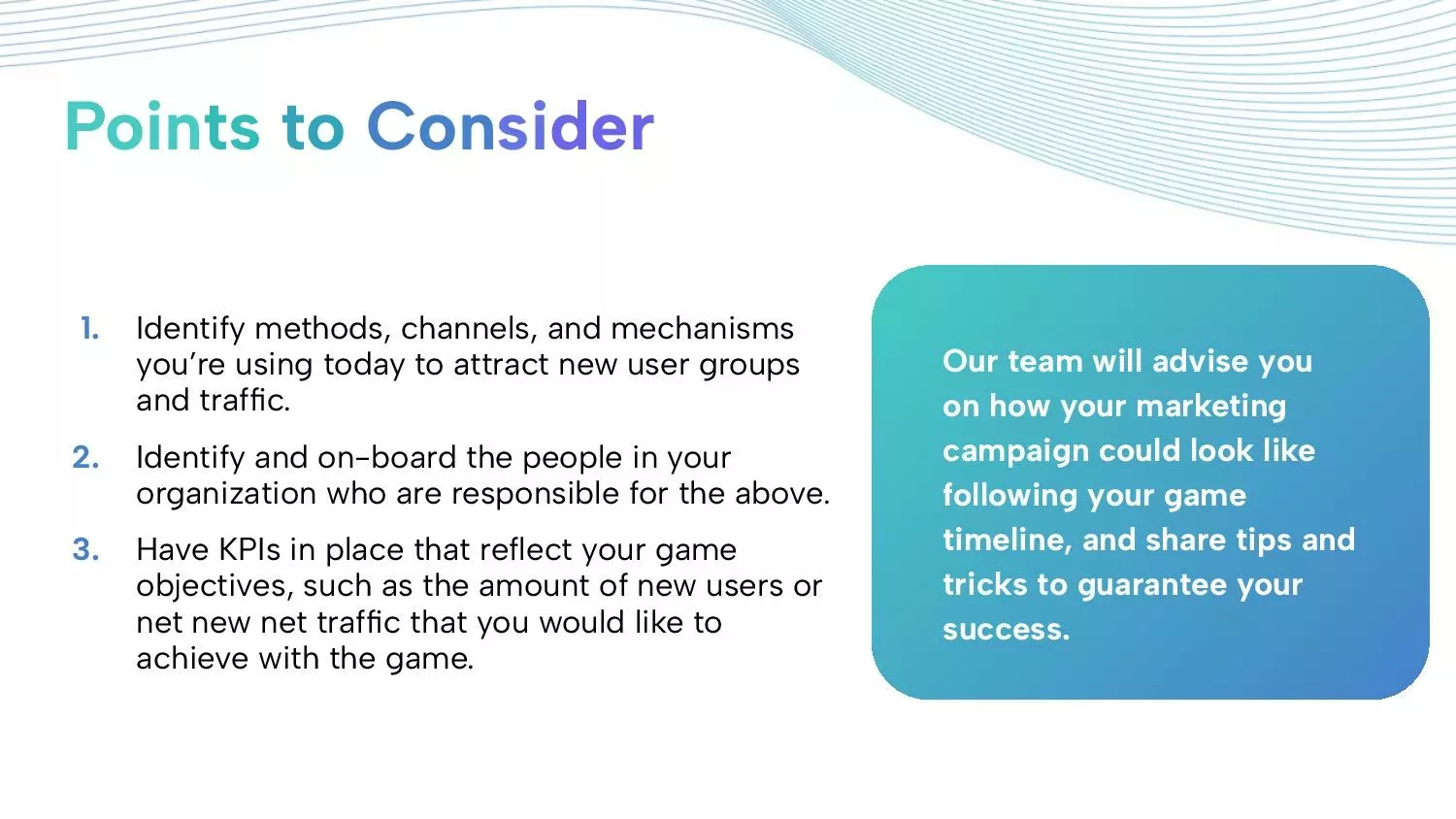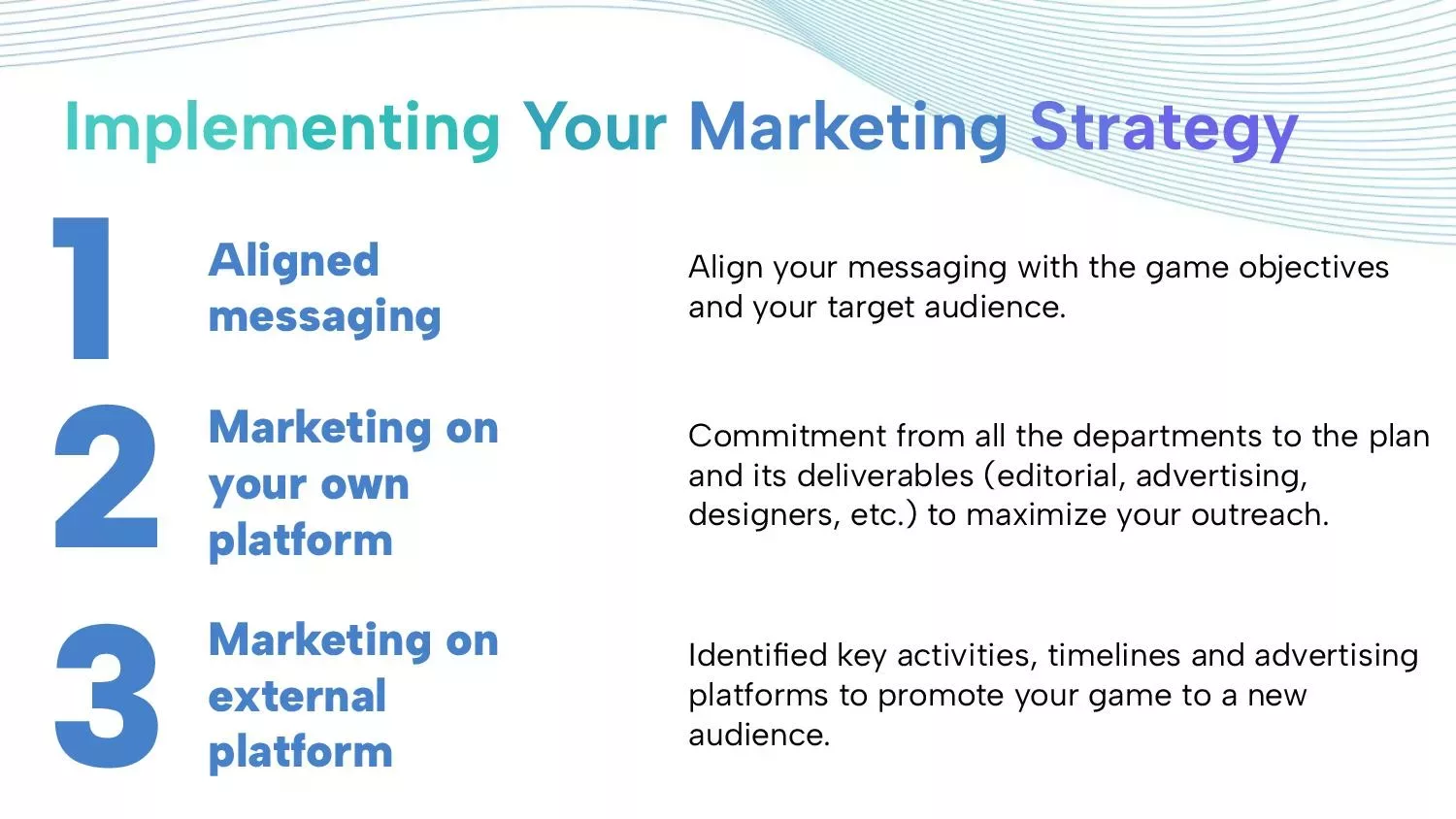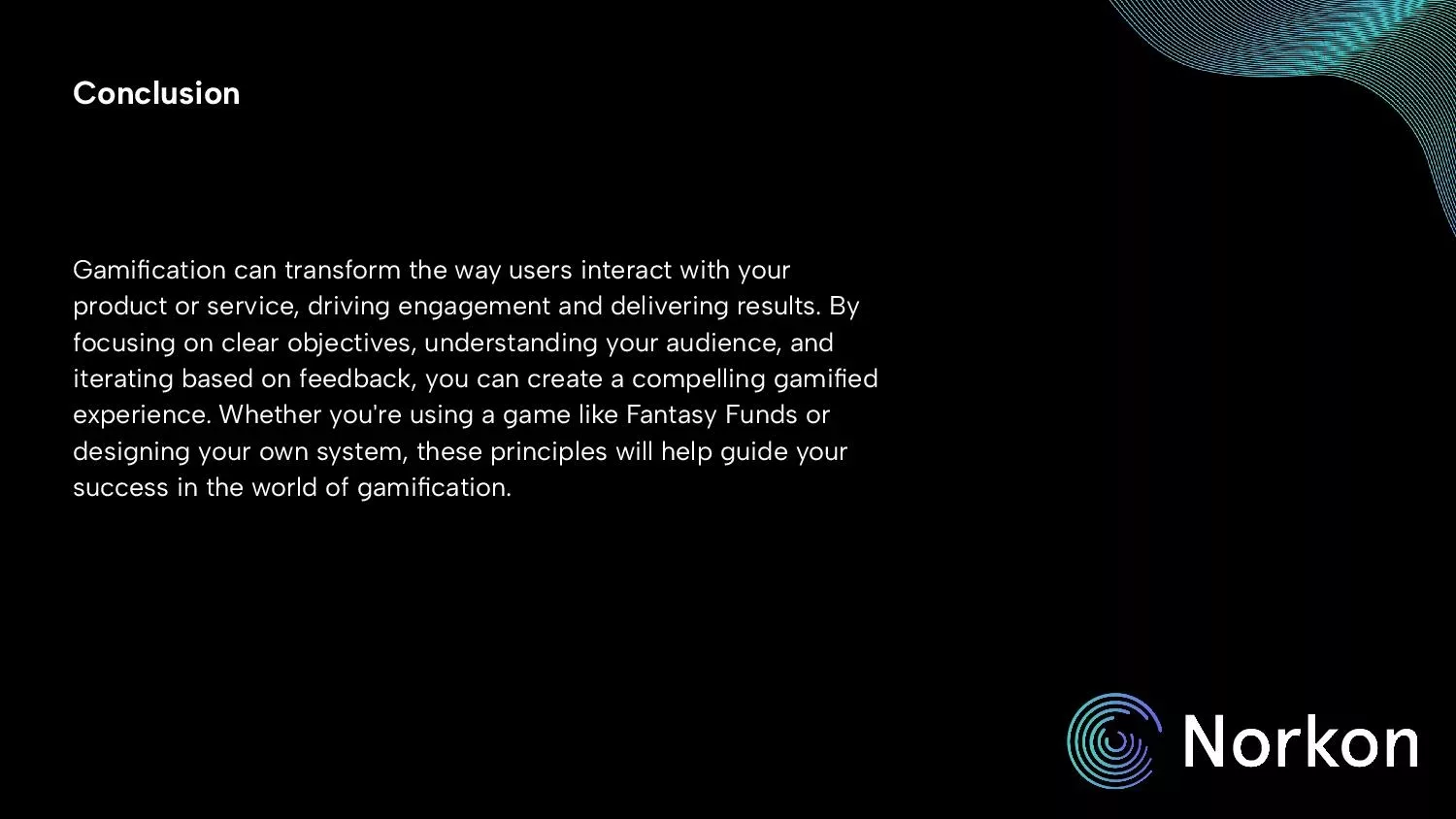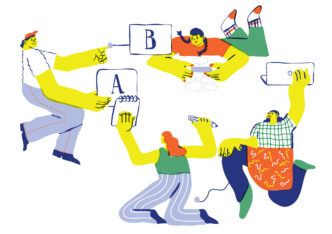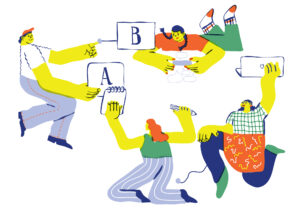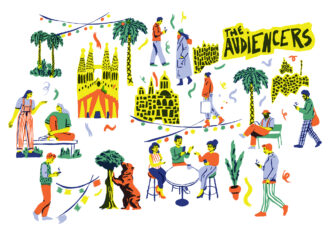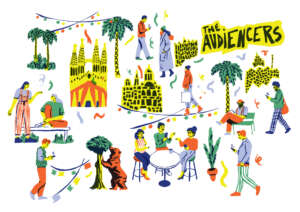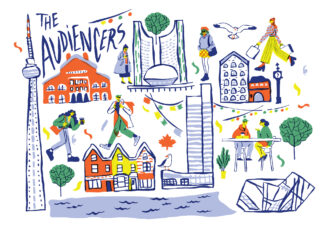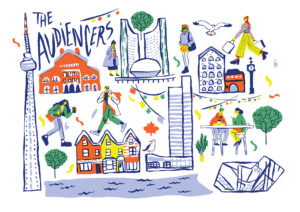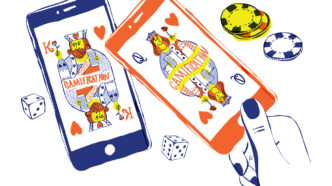
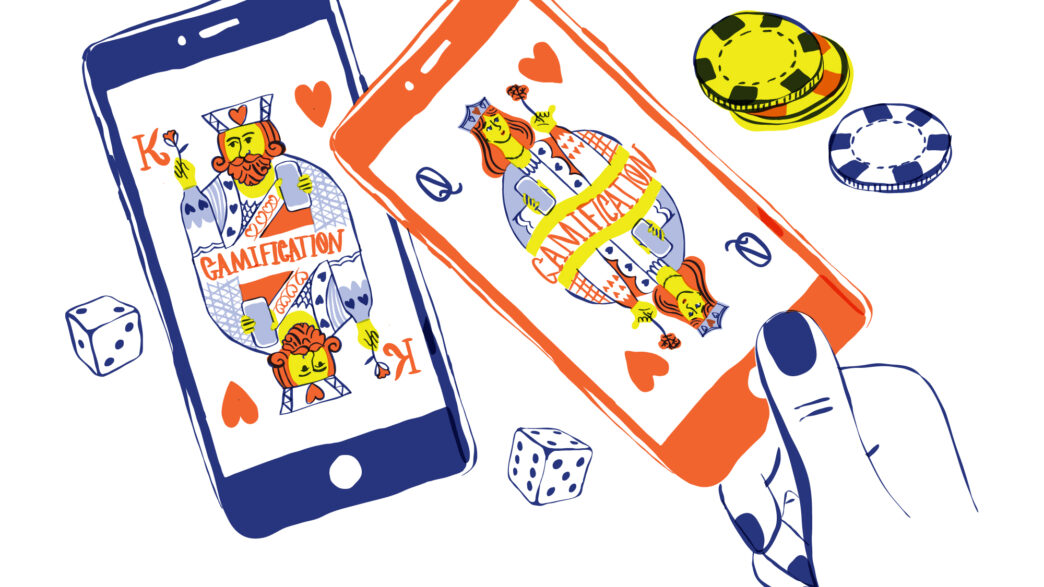
Gamification is the process of integrating game mechanics into non-game environments to increase engagement, motivation, and participation. Whether you’re looking to enhance a learning experience, increase productivity, or drive customer loyalty, the principles of gamification can be applied effectively across a wide range of industries.
This guide shares 8 essentials for success in gamification, how to monetize gamification, tying content to games and marketing games for publishers.
8 essentials to success with gamification
1. Know your audience
- Understand the motivations of your target audience. Are they motivated by competition, achievement, or social interaction? Tailor your gamification strategy to meet these motivations.
- For example, in a financial literacy game like Fantasy Funds, players are motivated by the desire to outperform others and demonstrate their financial acumen. Thus, leaderboards and competitive challenges play a significant role.
2. Start simple, scale gradually
- Begin with basic game elements such as points and badges before moving on to more complex mechanics like quests, levels, or multiplayer modes. This approach allows you to test what works and what doesn’t.
- Fantasy Funds started with a simple stock-picking game and gradually introduced more sophisticated features like real-time market simulations and advanced trading strategies.
3. Design for engagement
- The design should be intuitive and visually appealing. Complicated interfaces or confusing rules can deter users. Focus on a seamless user experience that guides players naturally through the gamified environment.
4. Leverage data and analytics
- Use data to monitor player behavior and make informed adjustments. Analytics can reveal which features are most engaging, helping you refine the experience.
5. Keep it fun but personal
- The balance between fun and purpose is critical. While gamification should be enjoyable, it must also serve the underlying goal—whether that’s education, engagement, or behavior change.
6. Encourage continuous improvement
- Encourage players to keep coming back by introducing new challenges, levels, or content. Seasonal events, limited-time offers, and surprise rewards can re-engage lapsed users.
7. Incorporate social proof and community
- Social proof, such as leaderboards or user testimonials, can drive engagement by showing players the achievements of others. Additionally, building a community around your gamified experience can foster long-term loyalty.
8. Test, learn and iterate
- Gamification is not a one-size-fits-all solution. Continuously test different elements, learn from the outcomes, and iterate on your design to better meet the needs of your audience.
This guide was brought to you by Norkon, the live blog, fantasy funds and stock market data tool to empower media publishers to increase their audience and support their revenue strategies by attracting, engaging and converting free readers to dedicated subscribers.


